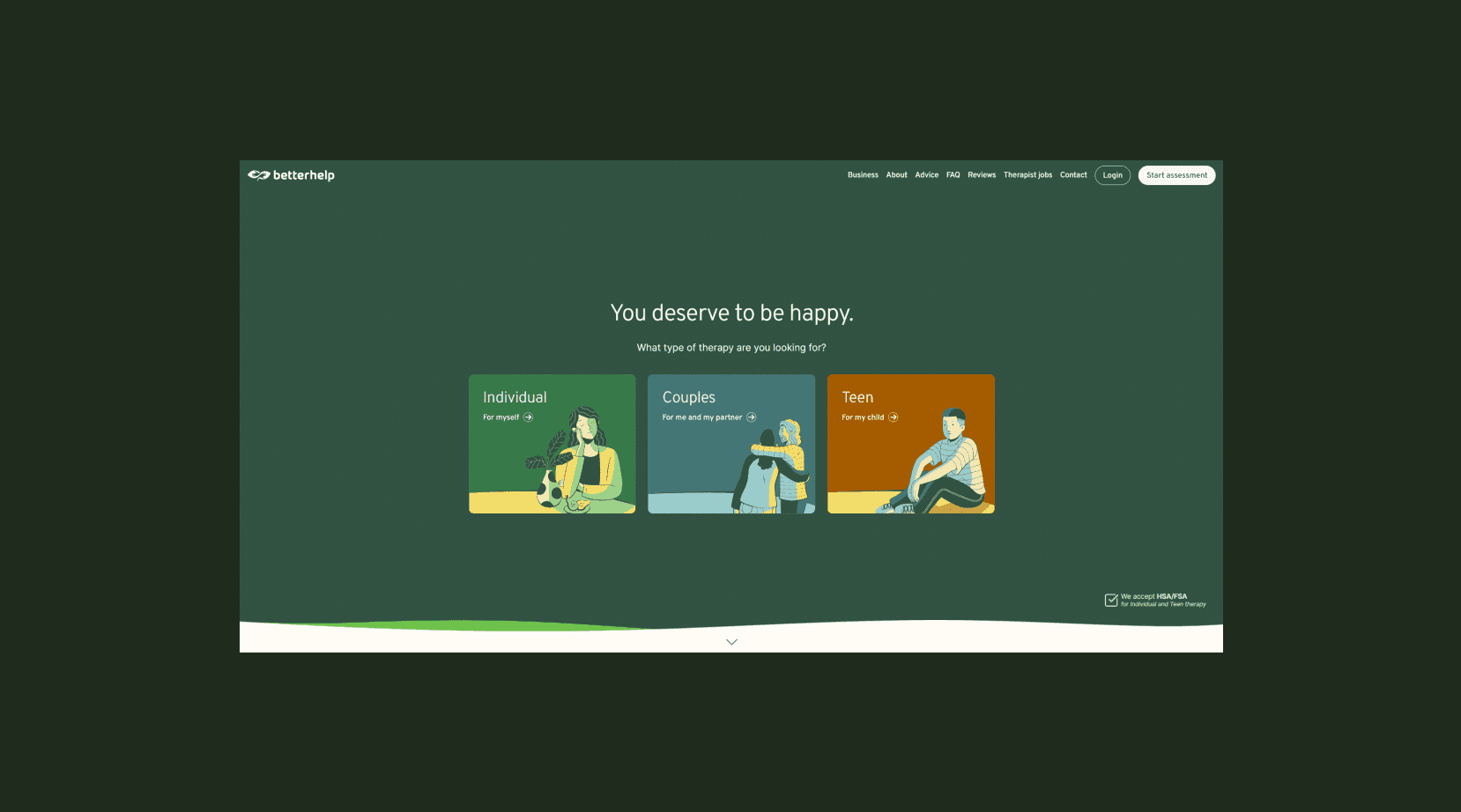BetterHelp Product Design Internship: Summer 2022
Welcome box with BetterHelp merch
Work-on-Site (WOW) Week
I’ll begin with one of the coolest features of the internship: the Work-on-Site week. Research has shown that bringing remote teams together for collaborative events has many valuable benefits, including increased productivity, employee satisfaction, and a greater sense of community. BetterHelp leverages these outcomes by bringing their remote teams together to Mountain View, CA, once every few weeks.
I completed my internship remotely from Sacramento, CA. I was invited to join the Product team on-site halfway through my internship, and I was lucky enough to have my hotel & transportation covered by the company — a HUGE perk. While on-site, I had the fantastic opportunity to meet the product managers, developers, and designers I had worked with for the past few weeks! We had meals together, participated in bonding events, and got some work done in person. The office was fun, relaxing, and had all the amenities you could want; I even got an assigned desk for the week!
Free Food
The interns were spoiled when it came to free food, whether we were in the office or at home. During the WOW week, it was food heaven: shaved ice shops nearby and chicken & waffles trucks outside the office, catered lunches, and team dinners. They were all fantastic opportunities to sit and bond with coworkers over yummy meals.
One of my favorite moments was spending time with my team at a local udon stop — we spent hours talking about anything and everything, from their experiences as women in tech to how the design industry has changed in recent years.
Intern Events
As the sole Product Design intern, I was given lots opportunities to connect with my cohort virtually and in person. During the WOW week, I had the chance to enjoy lunches, dinners, and walks around downtown Mountain View with the other interns.
We also participated in four remote events as a group, including an online escape room, a virtual paint night, workshops on goal-setting and resume building, and a small-group meeting with BetterHelp’s CEO Alon Matas, where we learned about his background and the company’s vision. These experiences fostered a sense of community and camaraderie among us, and it's cool that I am still in touch with many of my cohort members to this day.
In the End…
On the last day of my internship, my manager threw a going-away party with everyone I worked with: my design team, product manager, and recruiter. We shared our best memories from working together and reflected on some of my highlights, particularly how much I had changed as a designer from the start to the end of my internship.
Overall, my internship was a dream. All of my hard work from the past few years led me to this opportunity, and I came out of it so fulfilled, inspired, and even more in love with design than I ever have been. I’m forever grateful to Alexis, Andrea, the rest of the design team, and everyone else at BetterHelp who influenced my experience in even the smallest ways.
Special thanks to Tiffany Eaton and her DocuSign Product Design Internship Summer 2016 article, which I used as a framework to write my own!




